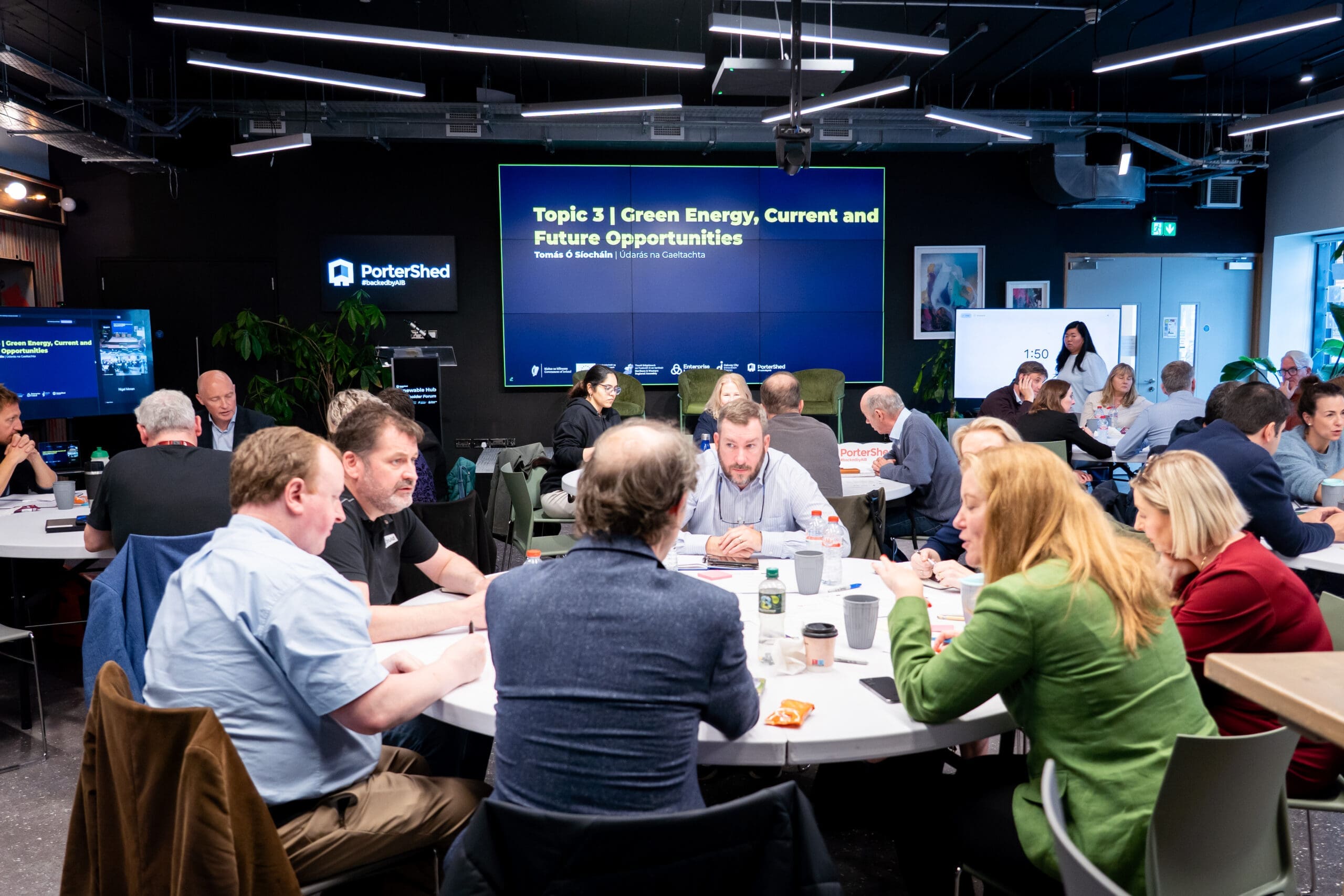A Simple Story
“A customer is more important than your mother”
— Steven Kaplan< Neubauer Distinguished Professor of Entrepreneurship and Finance, UChicago
Once upon a time, a founder contacted me with a time-sensitive problem. She had read all the business cases and knew the standard response. And she knew the answer.
She had contacted me to see how her plan sounded out loud.
Her team had developed an AI-based software, a suite of tools that could transform the work of large organizations across a range of industries. Tools that are easy to adopt, adapt, and use to improve communications, performance, measurement, and decision-making. Trouble is, the universe of organizations who stand to benefit is huge, and the solar system is littered with companies who flamed out because they could not properly assess the market and find a narrow target customer base with need, resources, and the pressure to innovate.
In 2020, a beta version of the product interested a large CPG company, and a trial proved promising, though changes in the CPG’s upper-level management blunted the size and scope of the engagement. Encouraged, our founder saw CPG companies as potential target customers. At the same time, they were contacted by a US-based fast food company as well as an international consultancy. All seemed promising; the founder and her board (and a variety of advisors) agreed that the startup ought to put all its energies toward the consulting market, which offered large user bases, strong relationships, infrastructure, and a sales channel that promised rapid adoption. And for the founder it was a win because she could make a strong business case/go-to-market that avoided a lot of hand-waving and defensiveness (especially when it came to presentations to current and potential investors).
And there was ready interest from consultants. One asked for an exclusive proof-of-concept trial, which was agreed to, though there were several other interested suitors in the wings. Over the last year, the proof of concept had grown in scope and promise, taxing everyone in the organization. Every few weeks the consultant would call with a question, ‘If you can do that, can you do this?’ Yes we can, just give us some time to work out the details.
Exciting but risky times. Big companies like to take advantage of startups.
Remember, no money beyond the cost of the proof-of-concept had changed hands. No contracts signed. The startup board was encouraged, but they were mindful that time – and money – were running out. The founder had been forced to delay an A round and seek bridge funding to keep body and soul together until a contract could be signed – and a higher valuation realized.
To complicate the situation, the founder was approached by a company in the education sector. Covid was transforming education and it was suddenly much harder to shepherd the campus flock, or even help students to feel part of a common experience, a common society. Could the company address this immediate need?
All signs pointed to ‘thanks but no thanks’. Educational organizations are generally thinly funded. They are conservative by nature – and notorious late adopters. Their decision processes are tortuous (medieval) and their paperwork can be eye-watering. The conventional wisdom: you have a business plan, stick to it. This is a smaller, more difficult market; chasing it will cost you time and focus. The founder had met with several advisors, all of whom sucked their teeth and shook their heads.
The founder had gone to her development team and asked about the time/energy involved in customizing the tool for education. It would take time, but not a huge commitment.
When she came to see me, she had made her decision and wanted to preview what she intended to say to her board chair (and major investor):
- I’m going to go to the consultants and discuss an end date for the proof-of-concept. Time and technology. Any additional technology developments or customizations will be part of cost-plus change orders.
- Discuss with them an option for non-compete; if they want exclusivity, they need to pay for it. And leave them a three-year contract proposal for implementing the technology delivered as part of the proof-of-concept. A good deal for them – and a lead customer/reference client for the company; and
- Assign one of the developers the customization job for the education company and deliver the first iteration in two weeks.
When problems solve rather than complicate: the opportunity in education – and the financial situation had forced her to step back and assess what was going on, and what needed to change. The most important change was the acquisition of a customer. Even if it was an education customer. A customer is oxygen for a company. A customer validates the proposition, values the product. A customer is the difference between a company and a hobby.
In other words, she made a quixotic decision. She bet against the textbooks and experts. And maybe saved the company.
Because the education company loved the product and signed a contract. And a large educational software company, one that works with education institutions around the world, had gotten word of the test and expressed interest in the product. As for the proof-of-concept, it had ceased being a massive time sink. The consultants agreed to working on a contract basis with defined benchmarks. And the request for a contract had raised visibility of the project from the departmental to the C-suite level). Lawyers are negotiating agreements; if they can’t come to terms, our founder has a shiny product that can be sold to others who are knocking on her door. It’s possible she’ll have two customers by the end of summer (and a rationale for the next round of funding) – and a growing sales funnel (and market size).
Customers – they ARE more important than your mother.

Bob Rosenberg
Educator (Associate Professor) / Entrepreneur / Leader of angel
communities /Entrepreneur in residence at PorterShed
and BioExcel / Rarosenberg@gmail.com


